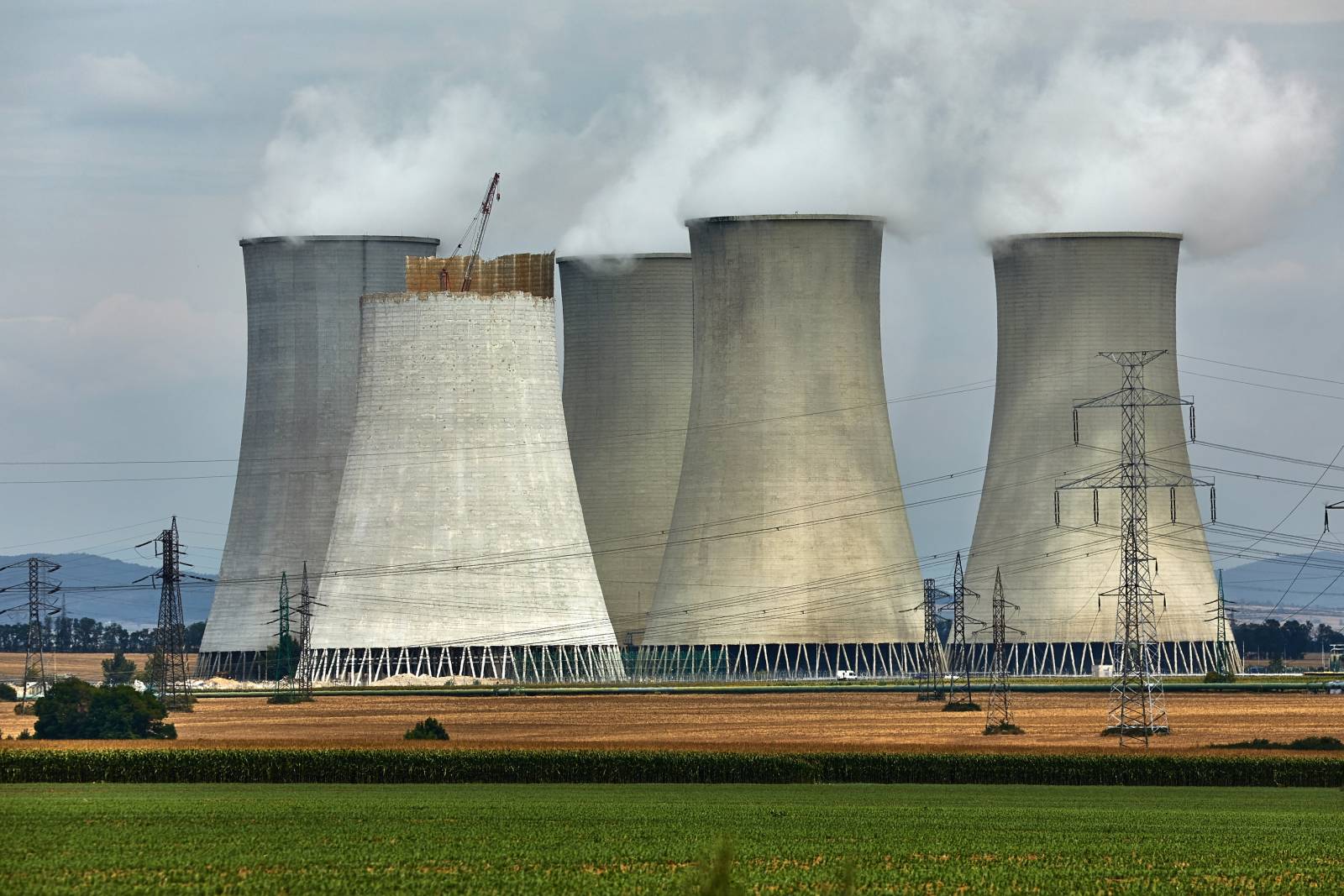Nuclear plants dismantling assistance
Timeline
2022-2023Sector
NuclearScope
Civil-structural design of tanks for dismantling nuclear plants.BACKGROUND
When the tanks have been used for a first life cycle and need to be reused to contain new radioactive material, these must be made suitable in order to comply with current nuclear regulations during the plant dismantling phase.
RESULTS
EXPERIENCE
The interest groups are companies of the nuclear industry and public waste management agencies as well as maintenance companies of the sector.Once the design has been determined, it is then structurally validated using Finite Elements Models (FEM) with tools like ANSYS and GTSTRUDL, as well as with analytical calculations. All of this based on the regulations and criteria recognised by nuclear regulators such as the NRC (Nuclear Regulatory Commission).
METHODOLOGY
After receiving the inputs and construction project drawings of the existing tank structure, the customer requirements are studied to evaluate the possible solutions for ensuring the structure is suitable, taking into account the rest of the installations and the operational development of the plant.
Once the design has been determined, it is then structurally validated using Finite Elements Models (FEM) with tools like ANSYS and GTSTRUDL, as well as with analytical calculations. All of this based on the regulations and criteria recognised by nuclear regulators such as the NRC (Nuclear Regulatory Commission).
Since this is a tank that has contained radioactive material for a period of time and which will also need to be made suitable to be reused, we must follow certain requirements and use the materials stipulated in the most stringent waste management regulation. With this, the aim at all times is to guarantee the safety of citizens and protect the environment.
To prepare and issue drawings, we must be assisted by a design team, who must be supported, guided and verified to ensure the result is consistent with what was calculated as well as be as detailed as possible so it can be subsequently built.
Wind
Design, optimisation and certification of turbine components
Structural analysis of the components of a wind turbine to verify its integrity and survival to the historical performance of the intended operation.
Automotive
Aerodynamic analysis
Analyses and studies prior to the experimentation with prototypes, with the aim of ensuring each vehicle meets the requirements that will guarantee the best results in terms of energy efficiency, emissions and dynamics
